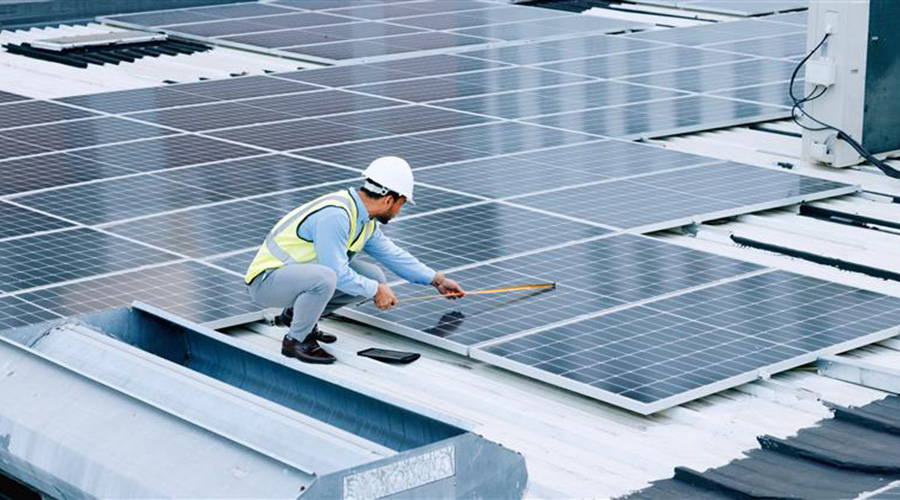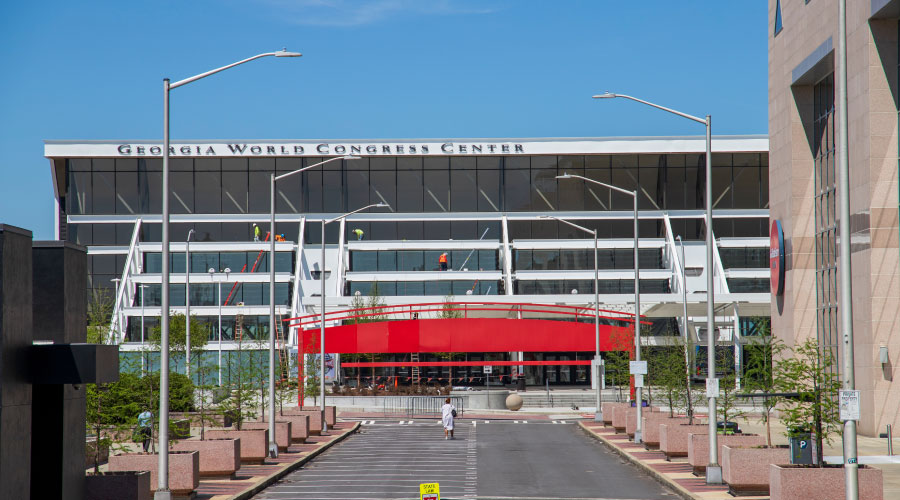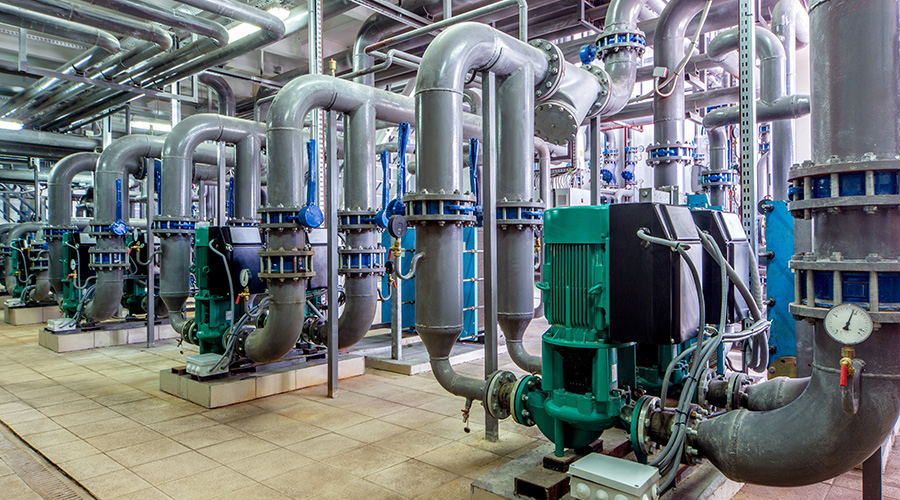Knowing What to Look Out For Critical When Upgrading HVAC System
Upgrading an HVAC system represents a major investment of time and money, so it's not something to enter into without proper planning. What that plan involves isn't always clear at the beginning. Just as every building is different, so is every HVAC system. And while replacing one piece may work out just fine, it also could simply be the first in a series of dominoes.
"It may be that you replace a component and it will make it even more inefficient than it was before. You have to look at the whole system and look at what really needs to be done for the money to give you the best return on your investment," says Jon Cogdill, senior property manager, Hines.
Cogdill, and other experts agree on one point: While there's no such thing as a standard HVAC upgrade, there are some aspects of the process that always apply.
Begin at the Beginning
If you're looking into upgrading your HVAC system because equipment is reaching the end of its life or because the building needs better service, it can be an easier sell than simply looking to become more energy efficient.
"Are you trying to solve a problem? Or are you trying to make it more efficient?" says Clayton Ulrich, senior vice president, engineering services, Hines. "It's clearly very hard to justify what we would loosely call an HVAC upgrade in an existing building if there isn't a problem."
If you can combine efficiency with another compelling reason to replace part or all of an HVAC system, it becomes a much easier sell. A big part of that sell, however, is knowing exactly what you need.
Say you're replacing a chiller. Because chillers can easily last 30 years or more, the odds are good that the needs of the building and its occupants have changed since it was installed.
"The first thing is to consider the asset you're talking about," says Tony Bamonte, vice president and regional property manager, Liberty Property Trust. "I don't suggest you just replace units with a like kind."
Cogdill says he can attest to that from personal experience. Hines has been working on an HVAC upgrade of Two Shell Plaza in Houston, a more than 550,000-square-foot, mixed-use building that was completed in 1972.
The building was formerly outfitted with four 500-ton chillers. Two of those chillers remain, but only in a backup role. The cooling is now provided by a pair of 680-ton chillers with variable frequency drives. That approach not only allows for more efficiency, but also gives more flexibility when it comes to providing cool air during off-peak hours when only a limited number of tenants need it.
Changes like that can only come about if a project is properly evaluated beforehand and the building's usage is carefully examined. For that, Bamonte says, bringing in an outside engineer, while an added expense, is probably a good idea.
"The unit that might be 15, 20 years old, is older technology, not as energy efficient as things today. In fact, with an engineer, you might find out that the sizing of the unit back then doesn't necessarily meet with the sizing of the unit for current occupants and future occupants," he says.
Good data help, too, especially in those cases where it might be preferable to replace pieces with similar units. Kirk Beaudoin, territory facilities manager, North American retail operations, Nike, says that tracking service calls, breakdowns and temperature complaints helps identify problems that would prevent the company from being able to swap out old units for similar new units.
"Our assumption is that our stores were properly designed when built. So unless we have identified ongoing comfort issues that are related to sizing of equipment, or if there have been any modifications to the store which would require a review of the systems, we generally replace with the same tonnage," he says.
Don't forget to look ahead, as well. "You should take into consideration what the outlook is for future occupancy of the building to determine what the best approach is going to be," Cogdill says. "If you're just trying to maintain what you had before, well, did you have a lot of redundancy before? Did you need all that redundancy?"
Related Topics:














